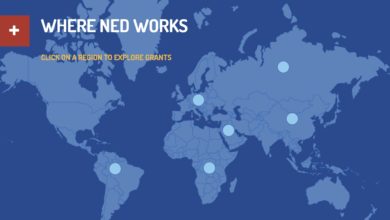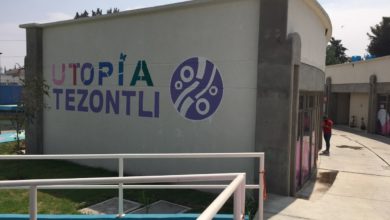On Sept. 19 — 32 years to the day of the 8.0 earthquake in 1985 that killed 10,000 people and left tens of thousands injured — Mexico City shook and swayed in a deadly 7.1 earthquake. Although the epicenter was in Puebla, the massive urban development of the capital city concentrated the toll of death and destruction there. The first 72 hours after the earthquake were both tragic and inspiring. The first day was panic, the second day solidarity and on the third day rumors.
Mexicans organized themselves with exemplary working-class solidarity. Construction workers, architects and engineers were first responders at collapsed buildings. Nurses and doctors donated their time to injured people in shelters and at rescue sites. Community members quickly mobilized to collect and distribute basic goods and rescue materials to shelters, to collapsed building sites and to the families and friends waiting for news. Many of us saw pictures of raised fists to indicate quiet so rescue workers could better detect signs of life — an iconic image of Mexican solidarity.
In those first few early days, bus and subway lines were free to riders, as were telephone and internet services, and banks suspended transaction fees. It was, for a few days, a practice of “disaster socialism.” But disaster capitalism is ever in attendance. Large chain stores price-gouged customers stocking up on food, water, pharmacy and rescue supplies. Reports came in of corruption and cost-cutting in construction. Escuela Enrique Rebsamen, where 21 young children and four adults lost their lives, was shown to have been constructed with substandard rebar. The loss of life here, as it was in the Grenfell tower fire, is criminal and not natural.
Rumors also swirled around search-and-rescue and demolition. People did not want to give up hope of finding the living, and refused to inter the dead amid the rubble. Volunteer brigades gave way to military rescue operations, and anger grew at reports that they were razing buildings less than 72 hours after the earthquake. Mexican police noticeably stepped up their heavily-armed militarized presence. Police were mobilized to guard upscale neighborhoods, commercial developments, shopping centers and even interfered with ongoing volunteer rescue brigades in order to start bulldozing rubble. The stepped up police presence was understood to be a way to deter the formidable force of people organized.
There are whole towns in the state of Morelos that are destroyed and in the state of Puebla, 51 percent of the region is in a state of “extraordinary emergency.” As in many countries, urban development has occurred unevenly in relation to rural regions. This is exacerbated by political neglect. The people are angry and distrustful with this government and their representatives. There is evidence that relief funds are being appropriated to bolster the profile and campaigns of politicians rather than being distributed to the people. The government of Enrique Peña Neto has also presided over the disappearances of the Ayotzinapa 43 and lethally fired upon striking school teachers in Nochixtlan, Oaxaca. In the wake of this earthquake, Peña Nieto has been jeered in his home state, borough presidents have been pelted with rocks in Xochimilco and the Governor of Morelos was booed as he toured his state. There is a sense, sharpened by this disaster, as there is in this country, that none of the presently formed political parties are adequate to the task of meeting people’s needs. The earthquake may just bring down the whole political edifice.
Some 38 structures collapsed on Sept. 19, and 360 buildings are now in danger of collapse, 4,000 buildings are known to be damaged, 2,000 of them historically significant. Schools, hospitals and infrastructure have sustained damage. The death toll stands at 326, with approximately 50 missing. 181 of those deaths were in the Capital, and a majority of those dead are women. It’s hard to assess the number of people left unhoused. The mayor estimated 17,000 have been attended to in shelters, but many are staying with family and friends. Massive reconstruction contracts are already being rewarded to politically-connected developers and their families. These developers have a history of roughshod mall construction and are known for deliberately paving over vital city greenways. As long as housing remains a commodity, developers will profit from disaster and they will extract further profit by substandard building construction and cost-cutting.
Large scale natural disasters always give lie to the anticommunist argument against socialism, that cooperation is not inherent in human nature. It’s an ideological tenet of public choice theory that human beings are inherently selfish. This ideology presently manifests in the austerity of the neoliberal order. Marxists reject any fundamentally reductive arguments about human nature. We are a product of social relations, and these relations themselves are in flux. In the aftermath of huge disasters, we are thrown together. We get a glimpse of our evident power: people organized together in solidarity, digging survivors out of rubble, without regard to income, occupation or neighborhood.






